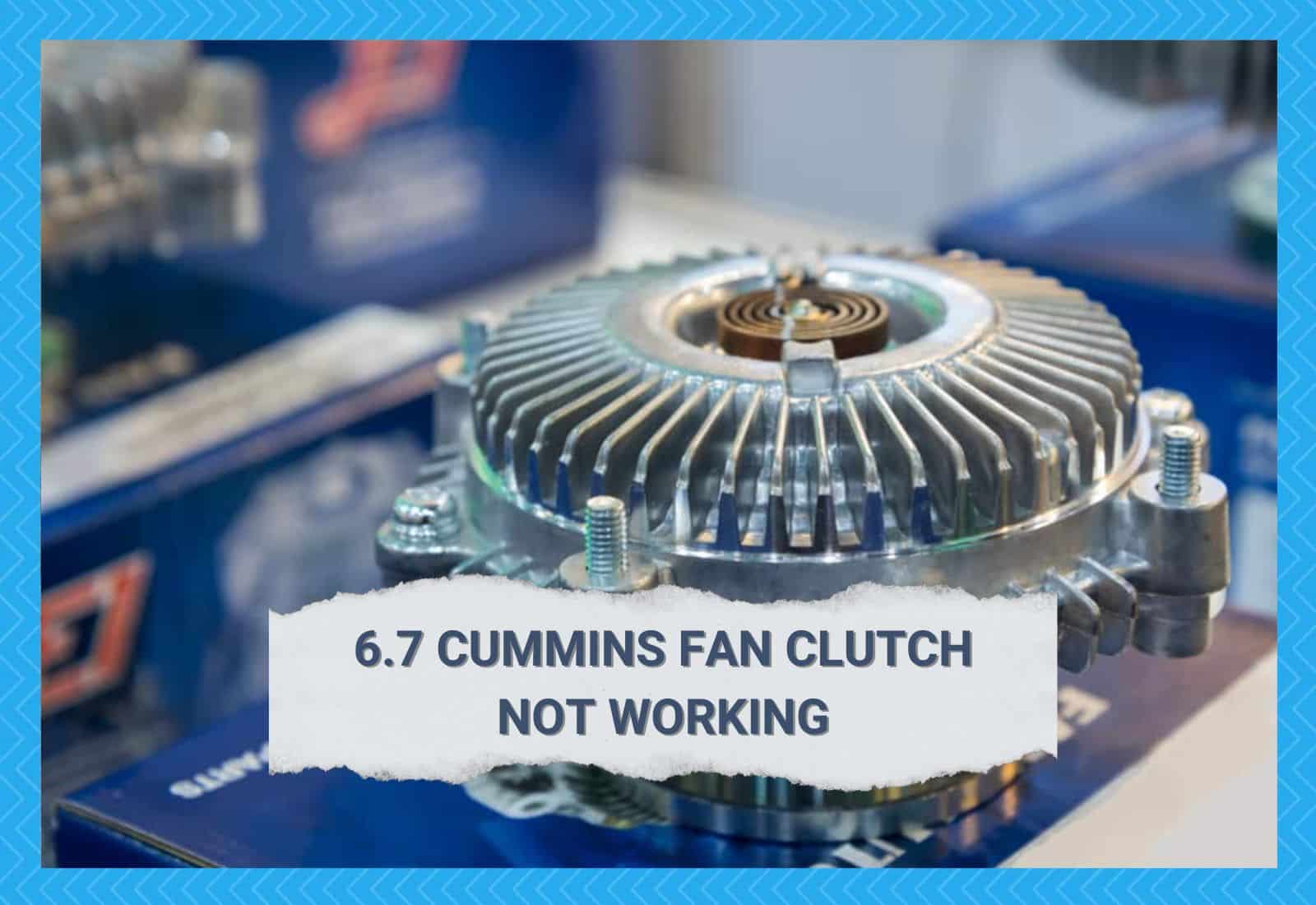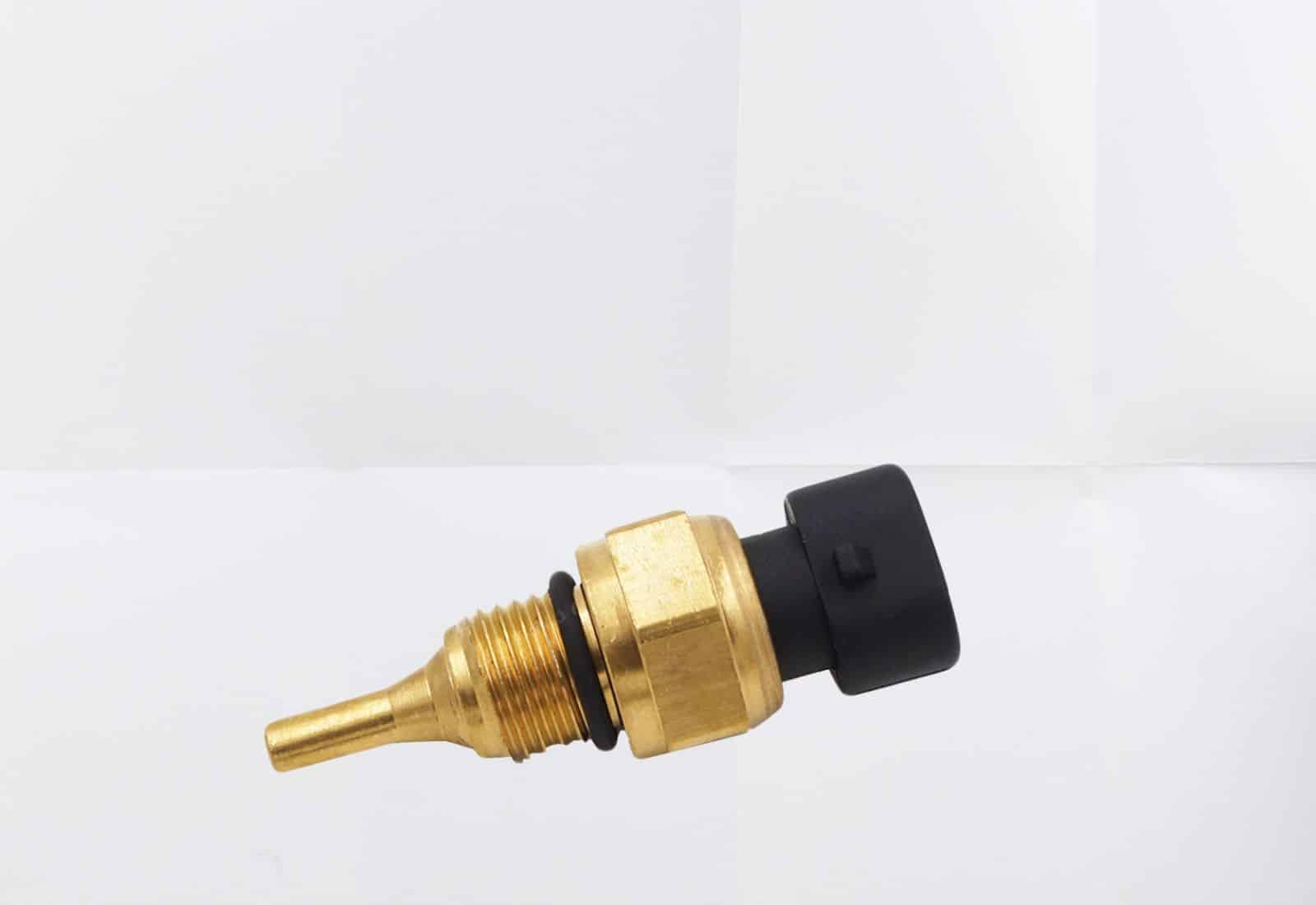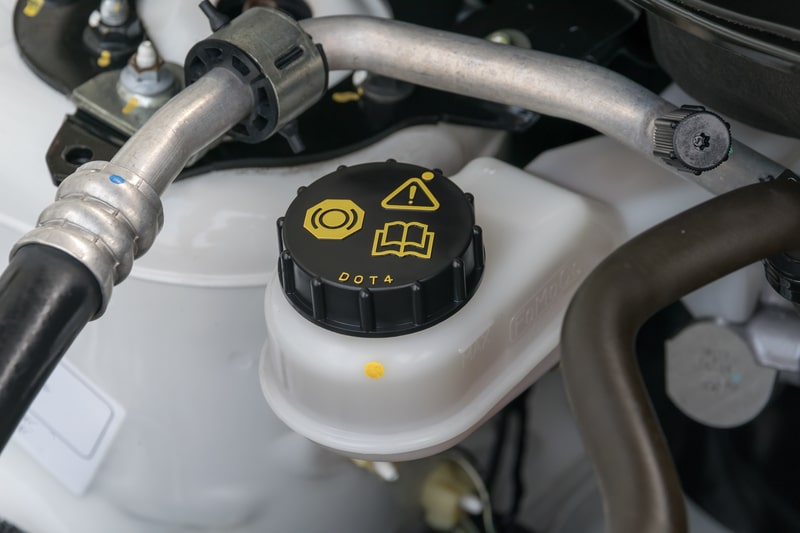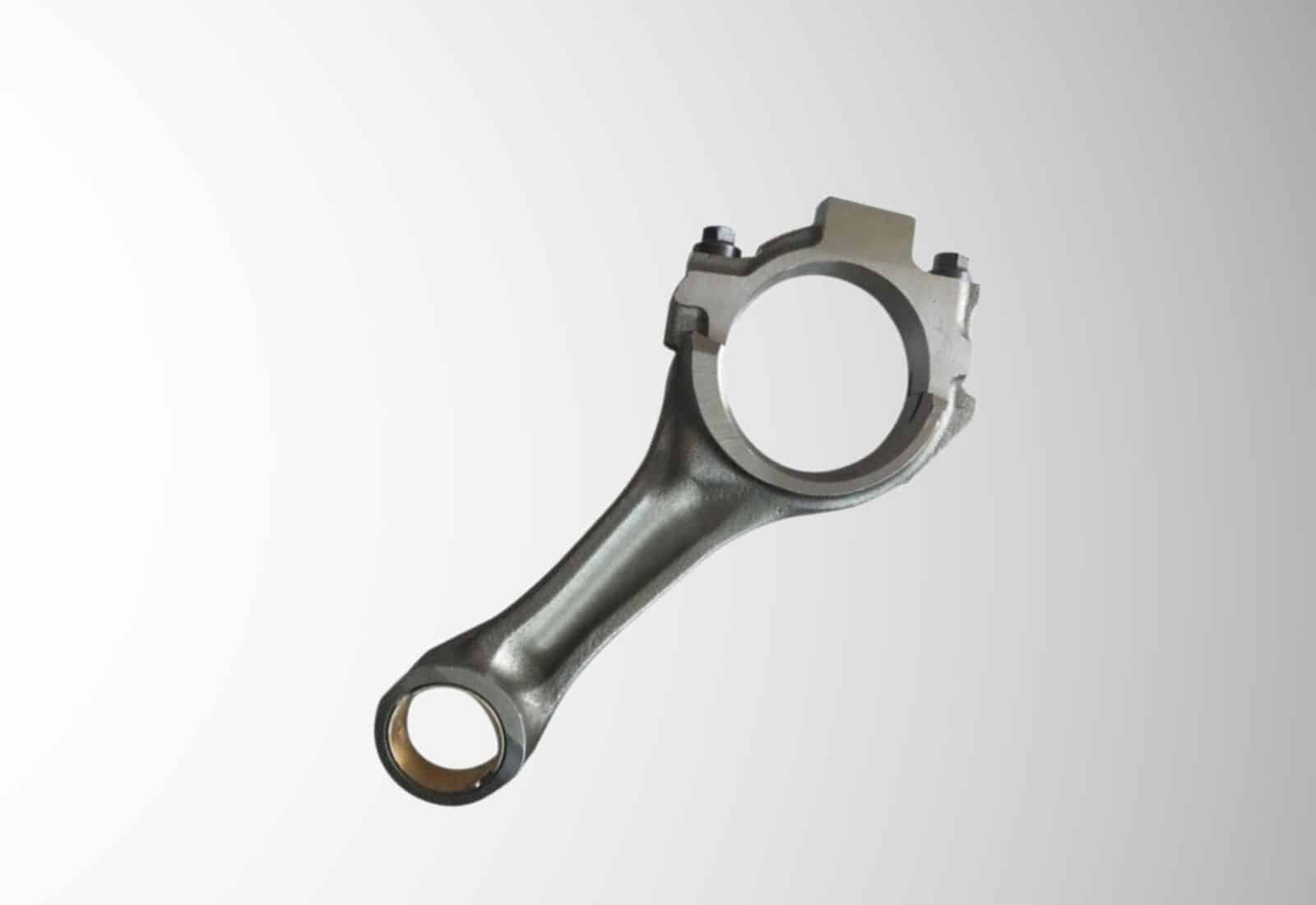
6.7 Cummins is a turbo diesel engine with 420 horsepower and torque of 850lb. In addition, it has six cylinders. While this engine promises exceptional power, it is also prone to overheating, which is why a fan clutch is used.
It is basically a cooling fan that freewheels at a low temperature when the engine doesn’t need cooling, resulting in quick warming. It’s a great way of improving the engine’s performance, which means a malfunctioning fan clutch can be a serious issue.
So, if you are using a Cummins engine but its fan clutch has stopped working, you can try out the following solutions!
How to Fix 6.7 Cummins Fan Clutch Not Working?
1. Check The Temperature Sensor
A fan clutch is designed to engage when an engine warms up beyond its limits. This means that the fan will not begin rotating until the temperature sensor reads the high temperature.
In case you are unable to engage the fan clutch, it’s usually because a temperature sensor isn’t working properly. For this reason, we recommend that you hire a mechanic and get your vehicle’s temperature sensor replaced.
Once temperature sensor replacement is complete, try using the fan clutch. However, you must read the temperature sensor’s specifications to ensure it’s compatible with your vehicle.
2. Fix The Damaged Wires
When the fan gets a signal from a temperature sensor, it will depend on engine power to spin or rotate. However, if a fan clutch doesn’t work, it’s likely that the wires are disconnected or damaged.
It is recommended that you access the wires and inspect them for physical damage. If the wires are damaged, you must replace them with new ones to ensure proper signal transmission.
3. Check The Motor
If a fan clutch is still not working, it’s likely that its motor has been damaged. It’s impossible to fix the motor at home, which is why you should hire a mechanic to repair or replace the motor, depending on the severity of the damage.
4. Fluid Leak
Leaking fluid is another reason behind a fan clutch not working issue. Usually, the leak starts at the bearing seal, which is at the rear center of a clutch.
You need to run your fingers around the connection, and if you get a black goo dollop, it means that the silicone fluid is leaking from the housing. Generally, the light fluid smear is common, but if the fluid is significant, you need to replace your fan clutch.
In some cases, a fan clutch keeps working even when there is a leak, but it will slow down the spinning.
5. Bad Valve
If there is no significant leak from the joint, but the fan clutch is still not working, it’s likely that the thermostatic valve has malfunctioned. In most cases, the bad thermostatic valve will open too soon, which results in premature engagement of the clutch.
As a result, the fan will spin faster as compared to the normal value but won’t be able to cool down the engine. For this reason, we recommend that you replace the bad valve.
6. Clutch Oil
The clutch oil is just like brake oil that’s added to the master cylinder of the clutch. When the clutch pedal is depressed, the oil flows from the master cylinder to the slave cylinder, which produces pressure.
This fluid pressure is necessary to engage the clutch. However, when the clutch oil is below the normal value, the clutch won’t be able to function properly.
So, if the fan clutch is not working, we recommend that you check the clutch oil level in the cylinder, and if it’s low, you’ve to add more clutch oil.
7. Clutch Cable
The clutch cable is necessary to operate the fan clutch and is an important part of the transmission system. So, when the clutch cable is damaged or broken, the fan clutch won’t be able to produce pressure and will become loose.
As a result, it will not spin, and the engine’s temperature won’t be optimized. For this reason, we recommend that you inspect the clutch cable for fraying or other physical damage. If you see some damaged parts, you must replace the clutch cable.
8. Connector Rod
The connector rod of the clutch assembly is responsible for converting the piston’s sliding movement into a rotating movement. This is because it connects your engine piston to the crankshaft.
In addition, the connector rod is essential for the transmission of tensile and compressive forces from a piston. The connector rod is extremely small and is prone to damage.
Usually, the connector rod breaks down or falls out, which leads to functionality issues in the fan clutch.
For this reason, you must hire a mechanic and ask him to check the connector rod. If the connector rod is damaged, you have to get it replaced. However, if the connector rod has fallen out, just install it again.
9. Master Cylinder
The master cylinder in the clutch housing is usually connected to a clutch pedal and works as a part of the hydraulic system for generating the hydraulic pressure.
However, when the master cylinder fails, it won’t be able to develop pressure, and the fan clutch won’t be engaged, even when you press the pedal. In addition to malfunctioned fan clutch, it will result in grinding of the gear during shifting.
So, when the fan clutch stops working, you should hire a mechanic to get the master cylinder fixed.
Secondly, you must look for external as well as internal damage to the master cylinder because such damage can result in leakage of the hydraulic fluid, and the fan clutch will stop working once the fluid level becomes too low
So, inspect the cylinder for such damaged and get them fixed. In most cases, a worn-out seal on the master cylinder has to be replaced to fix the leaking.
10. Slave Cylinder
The slave cylinder is an important part of the manual transmission system, and if it fails, the fan clutch stops working, and shifting the gears becomes impossible.
The slave cylinder works by moving the pressure plate for disengaging the clutch from the vehicle’s engine when the clutch pedal is pushed in.
However, a broken or damaged slave cylinder can cause performance errors, so hire a mechanic to get the slave cylinders replaced or repaired.
11. Speed
If your engine is connected with the temperature-controlled fan clutch, you must remember that it’s designed to disengage the fan when the vehicle operates at a highway speed, i.e., more than 50mph.
So, if you are driving your vehicle at this speed or higher, the fan clutch won’t operate.
12. Water Pump
The fan clutch is connected to the same shaft as a water pump, so if the water pump or the shaft is broken, it will result in functionality errors in the fan clutch.
Inspecting the shaft and water pump can be challenging if you don’t have the experience, which is why we recommend that you hire a professional mechanic.
Keep in mind that a broken shaft and water pump must be replaced because the repair is not a long-term solution.
13. Metal Spring
Last but not least, a broken metal spring can also be a culprit behind a malfunctioning fan clutch. This is because the warm air passes over the metal spring, which results in the expansion of the coil. As a result, the internal components of the fan clutch move.
So, when the metal spring breaks down, it limits the functionality of internal components, and the fan clutch fails to work. For this reason, we recommend that you check the metal spring and add a new one.
The Bottom Line
The fan clutches tend to fail over the period. Usually, the clutches fade with time as they lose their thermal sensitivity. Even if you are using fluid-based clutches, they lose the fluid viscosity, which results in slipping or failure of the clutch
For this reason, it’s recommended that the fan clutch is replaced as soon as it starts showing functionality errors because it can lead to engine damage as well.




